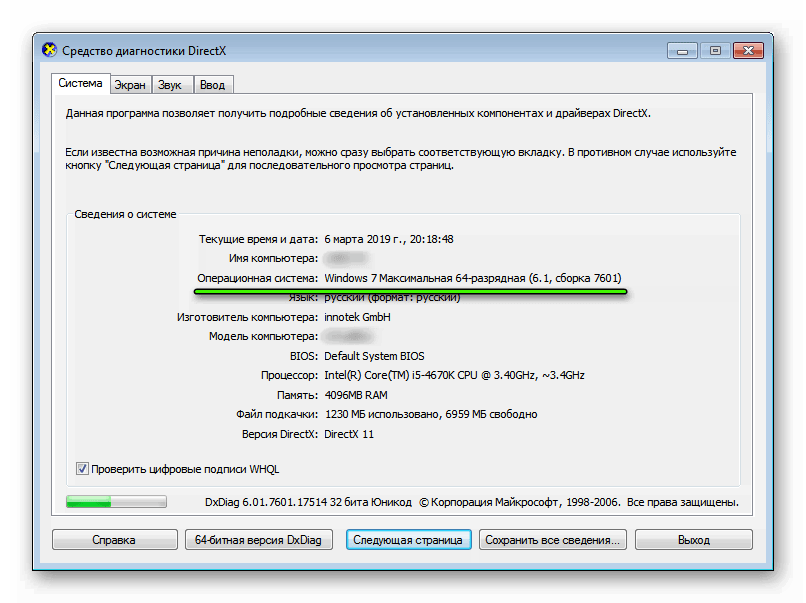

The transmission lines that connect clients to servers come in a variety of forms, whether fiber-optic cables or Wi-Fi, but they are all connections. A device used to access this information, such as a smartphone or PC, is known as a client.

Some PCs house the data stored on the internet, including webpages like Google, which are known as servers. At its most basic, it’s a series of connections between computers across great distances. To understand how Tor can protect a user’s identity as they browse the internet, we need to discuss the internet. Perhaps ironically, the organization received the bulk of its funding from branches of the United States government for years, which still views Tor as a tool for fostering democracy in authoritarian states. Naval Research Lab in the 1990s, onion routers get their name from the onion-like layering technique that conceals information about user activity and location. The most common Slack issues and how to fix themīrave browser takes on ChatGPT, but not how you’d expect


 0 kommentar(er)
0 kommentar(er)
